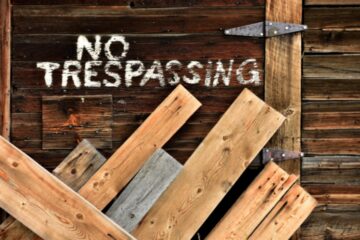Largest Bay Area Earthquake in 8 Years Strikes San Jose
Tuesday’s M5.1 was the strongest to strike the Bay Area since the South Napa earthquake in 2014. That event, a M6.0, resulted in one death and dozens of injuries.
The quake occurred on the Calaveras Fault, known among geologists as a “creeping fault.” It usually moves aseismically, or without producing shaking, warping the South Bay landscape millimeters per year. The notorious Hayward Fault, pregnant with the Bay Area’s next major earthquake, branches from the Calaveras close to Tuesday morning’s epicenter.
Occasionally the Calaveras delivers quite a shock. It is thought to be capable of producing a ~M6.7, roughly the same size as Northridge. Its last sizable tremor, a M5.4 hit nearby in 2007 at Alum Rock. It also generated a M6.2 in 1984, as well as a M5.9 in 1979.
See also: Is The Bay Area’s “Earthquake Drought” Ending?
The fault issued Tuesday morning’s tremor from a hypocenter four miles deep, or just over six kilometers. While shaking was strongest for South Bay residents, movement touched almost every corner of the Bay Area. San Francisco experienced the “long, rolling motions” typical of a distant, moderate quake.
Reports of light damage came in from San Jose all the way from Santa Cruz. At Lenz Art near the San Lorenzo River, broken glass from falling frames frustrated shop owners.
Most residents have downloaded MyShake or ShakeAlert, mobile apps produced by scientists at the USGS and UC Berkeley. The earthquake early warning system, pioneered in Japan, provided several seconds warning before San Franciscans felt shaking.
Successes like these prove why these systems are crucial in seismically active regions. Every moderate shaker brings with it a five percent chance that another stronger one will follow. That chance extends into the next seventy-two hours and is at its highest within the first twenty-four hours.
On July 4th, 2019, a M6.4 struck the desert town of Ridgecrest. Less than a day later followed a M7.1.










